




































































































































































MINA KERR-LAZENBY MKerrLazenby@nsnews com
Local Journalism Initiative Reporter
As Truth and Reconciliation Day nears, those in North Vancouver and beyond will be looking for ways to better educate themselves on and engage with Indigenous culture, history and traditions. For some that might mean visiting the library and making use of their vast resources, for others it might mean taking a quiet moment to reflect.
Ask the Indigenous community themselves, however, and they will tell you that engaging with art, in all its forms, is the one-stop-shop for education, reflection, and reconciliation
“Artworks are holders of knowledge, and our weavers, our artists, our painters and carvers, are therefore important knowledge holders,” said Tseil-Waututh artist and weaver Angela George
Embedded within artworks are the tales and traditions that have been passed down
from generation to generation, said George Artwork is storytelling, and storytelling has always been an incredibly important part of Coast Salish culture
“These artists have that role and responsibility to uphold the authentic knowledge of the people they represent and the communities they represent,” she said
“We’re reinstating our oral traditions, and artwork is bringing that out It’s showing the ancient trails to the places where we gathered medicine, it shows our connection to the land or connection to the water and says, without words, how and why that is important ”
George’s mural at The Shipyards, made in collaboration with Musqueam weaver and designer Debra Sparrow and Squamish (Sḵwxwú7mesh) weaver Chief Janice George, is an example of this The piece, part of a wider Blanketing the City series, tells the story of the rescue efforts carried out by Indigenous first responders in the Great Vancouver Fire of 1886
George’s visual stories and those of her

Candy
of
contemporaries are becoming more prominent as the city works to implement more Indigenous public art
this year
Continued
On Truth and Reconciliation Day, and as part of the ongoing journey of reconciliation, we pause to recognize and honour residential school survivors, those who were lost, and their families.
Neptune Terminals values the traditional knowledge of the Tsleil-Waututh and Squamish Peoples, and their stewardship of the lands and waters. We are proud to operate within their traditional territories.









TransLink SeaBus terminals, while two new sculptures at West Vancouver’s Park Royal shopping centre, by two Sḵwxwú7mesh Úxwumixw (Squamish Nation) artists, join the ever-growing collection of public art on the North Shore.
Candy Thomas, an artist from the Tsleil-Waututh Nation, said the works are a visual reminder of the city’s Tsleil-Waututh, Squamish and Musqueam history, each a preservation of Indigenous culture
“Having these works out in public makes everybody feel good, it makes them feel proud It makes them feel like they actually belong here now,” she said
In other cases artwork can help shed light on Indigenous issues Thomas is behind the large-scale mural artwork in Metro Vancouver’s sθәqәlxenәm ts’exwts’áxwi7 Rainbow Park, a piece designed to honour and raise awareness for the Missing and Murdered Indigenous Women
“Artwork in this case spreads awareness, and also helps those who have lost their loved ones to heal,” she said.
“It’s not just a painting, this isn’t just art
for art’s sake It has more meaning than that because there’s the connection to our land, and our prayers and our thoughts, and our families Knowing where we come from and the things we’re all going through, and being able to share that with everybody, is really important.”
George said there are multiple ways to engage with Indigenous art this Truth and Reconciliation Day If not via giving more attention and thought to the public pieces scattered throughout the city, than by attending an exhibit, perusing online, or contacting the artists themselves
“Artwork will always be relevant, because it’s holding knowledge and it’s sharing knowledge, but in a way that the viewer is going to interpret it and see it,” she said
“I think it’s really important to be respectful of the ancestors of the land, and to learn from the genuine knowledge holders that are there. This is a narrative that needs to be told by them ”
Mina Kerr-Lazenby is the North Shore News’ Indigenous and civic affairs reporter This reporting beat is made possible by the Local Journalism Initiative
“On September 30th , and every day, let us stand in solidarity with Indigenous communities. May we collectively acknowledge the painful truths of our history and commit to a future built on respect, understanding and unity Together, we can continue to travel the path of healing and reconciliation.”



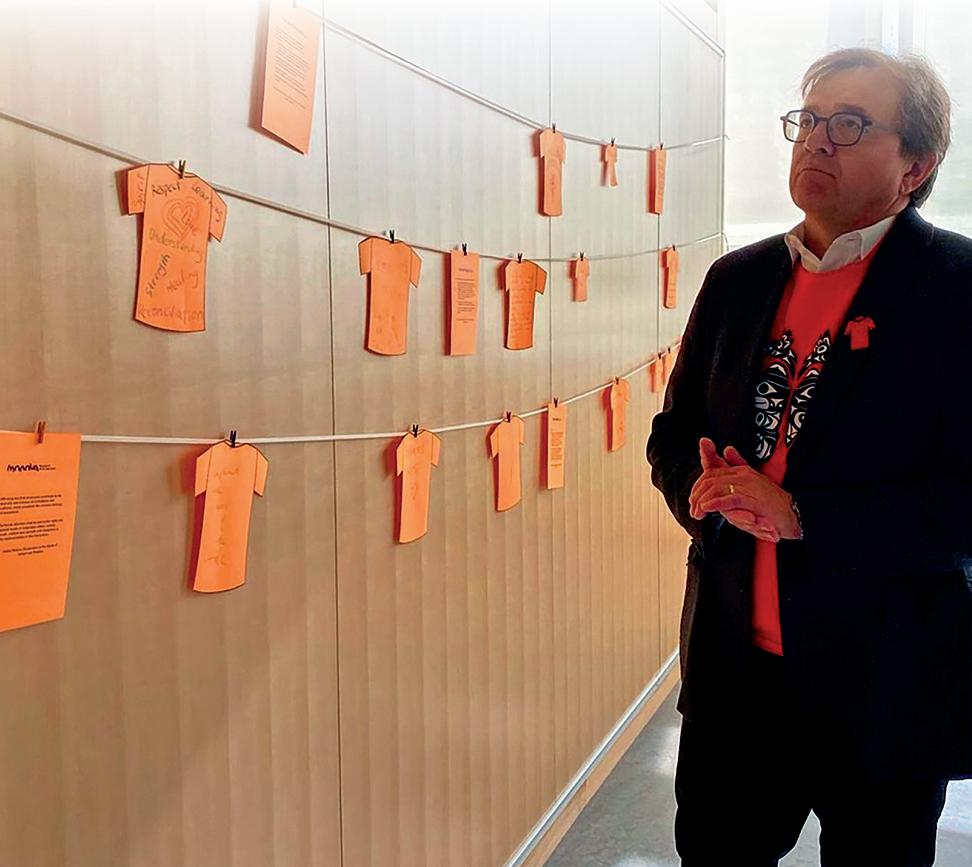


BRENT RICHTER
brichter@nsnews com
Most any public event or meeting today starts with a land acknowledgement, recognizing the Indigenous Nations on whose territory people have gathered
It’s a reminder that, no matter how we came to our “home” here, the word takes a different meaning for the First Peoples It is in that spirit that that the Ferry Building Gallery has launched “Reflecting on Home,” one of the first major shows featuring the work of Indigenous artists since its reopening
For Sḵwxwú7mesh Úxwumixw (Squamish Nation) artist Xwalacktun (Rick Harry), the concept came easily. The land where the gallery sits has been lived on by his people for generations upon generations Not far away was where they would go to place the burial boxes of those who had moved on to the spirit world
“There were homes here,” he said, gesturing to the land around the gallery. “It
all connects to why there’s that site there To me that’s like home, whether we’re here physically or spiritually.”
The concept is maybe best demonstrated in his piece Ambleside Park/ Swaywi, a silkscreen print depicting a traditional canoe landing on the beach, just steps away A partially constructed Lions Gate Bridge is visible in the background It’s maybe the most recognizable structure built on the West Coast after the arrival of settlers, yet it seems out of place The figures in the canoe don’t have faces, untethering them from any specific time or generation
“The ones before, now, and for the future,” Xwalacktun says Xwalacktun’s mother is from Xwemelch’stn, a village that once stretched from what is today the Capilano 5 reserve to well beyond Ambleside Park His father was from a line of hereditary chiefs living near the Seymour River. Xwalacktun himself grew up in a longstanding village site
Continued on page A41
The District of West Vancouver honours the lost children and survivors of Residential School and their families, culture, languages, and communities on this day and every day.
We respect Indigenous ways of knowing, and are committed to truth and reconciliation with our actions and our words. We reflect and remember as we stand in unity with Indigenous people

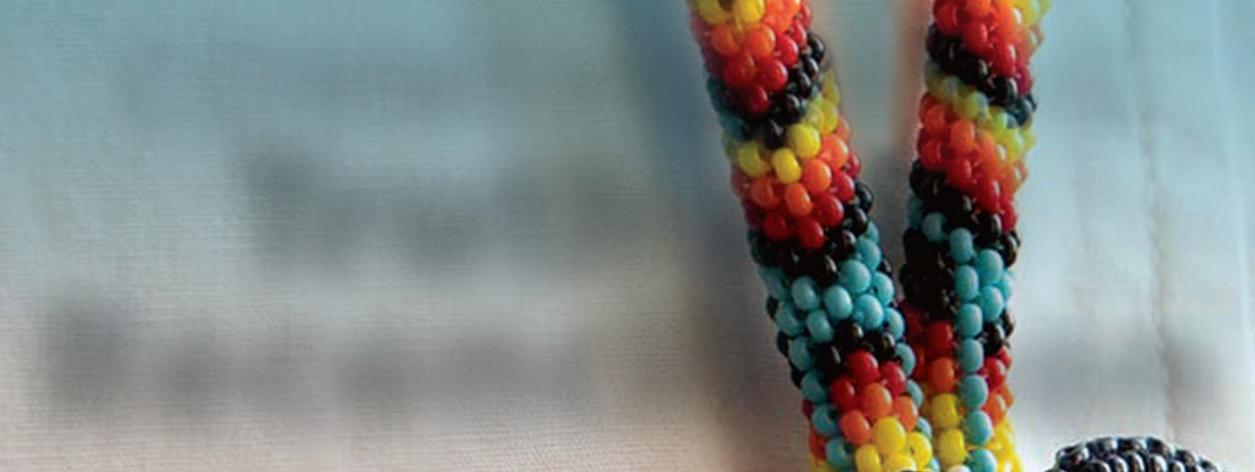

We learn together.


On Sept. 30—Orange Shirt Day and Truth and Reconciliation Day we raise awareness of the inter-generational impact of residential schools, and commit to working with indigenous communities towards meaningful reconciliation




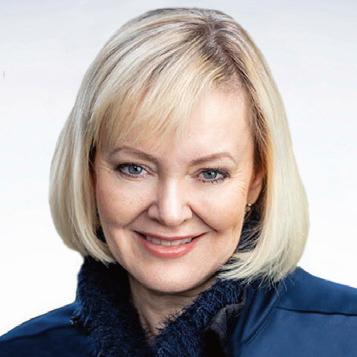





Karin Kirkpatrick MLA@leg bc ca
Continued from page A40
near what is today the District of Squamish
“When we say ‘home’ for Squamish, Squamish is quite big,” he said “I’ve been hunting and fishing and paddling all over this area ”
Horseshoe Bay-based Kwakwaka’wakw and Squamish artist Klatle-bhi chose three pieces to be displayed, each inspired by the oral histories and animals of the North Shore.
To be asked to be one of the artists who are represented, it meant quite a bit. It really spoke to me in my heart.
SḴWXWÚ7MESH ÚXWUMIXW (SQUAMISH NATION) ARTIST XWALACKTUN (RICK HARRY)
To him, the significance of “home” is being shown along fellow North Shore artists whom he revers.
“We have lots of great artists in this community,” he said. “To be asked to be one of the artists who are represented, it meant quite a bit It really spoke to me in
my heart ”
Klatle-bhi said he hopes the show will inspire other artists, particularly young ones, who can continue building a body of work that draws on the North Shore and its history
“I hope it will raise people’s vibration within themselves – their spiritual vibration to keep them happy, to keep them aligned, to keep them connected to all of the things that we’re we normally take for granted,” he said
While the concept of home for the Squamish artists is deep and broad, times have changed and newcomers now also use the same term for the very same places, Xwalacktun acknowledged He chose which pieces to show, in part, because he hopes they send a message
“Everybody’s home here now, because no one’s going to leave, right? So we all need to come together as one and just have an understanding of who we are as Squamish,” he said “We’ve got to work together, pull together, maintain balance together”
Continued on page A43
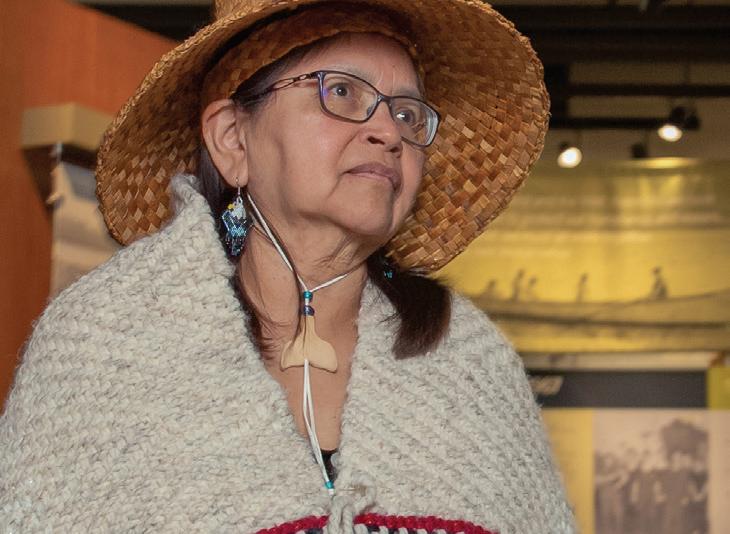
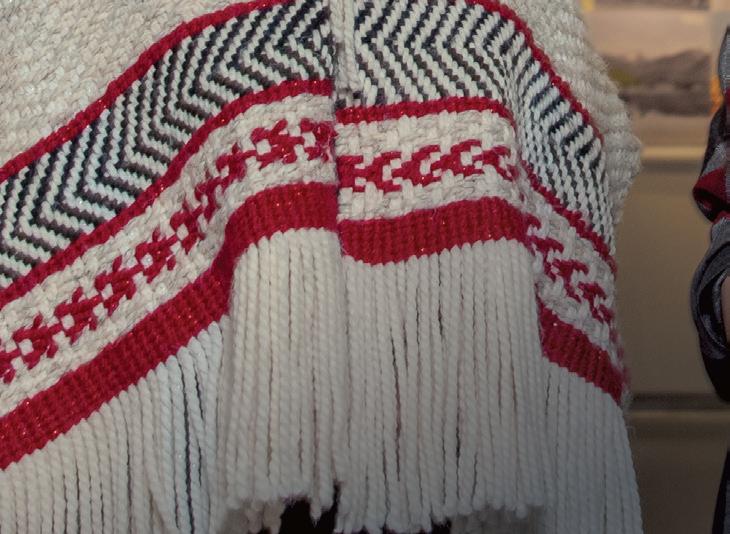


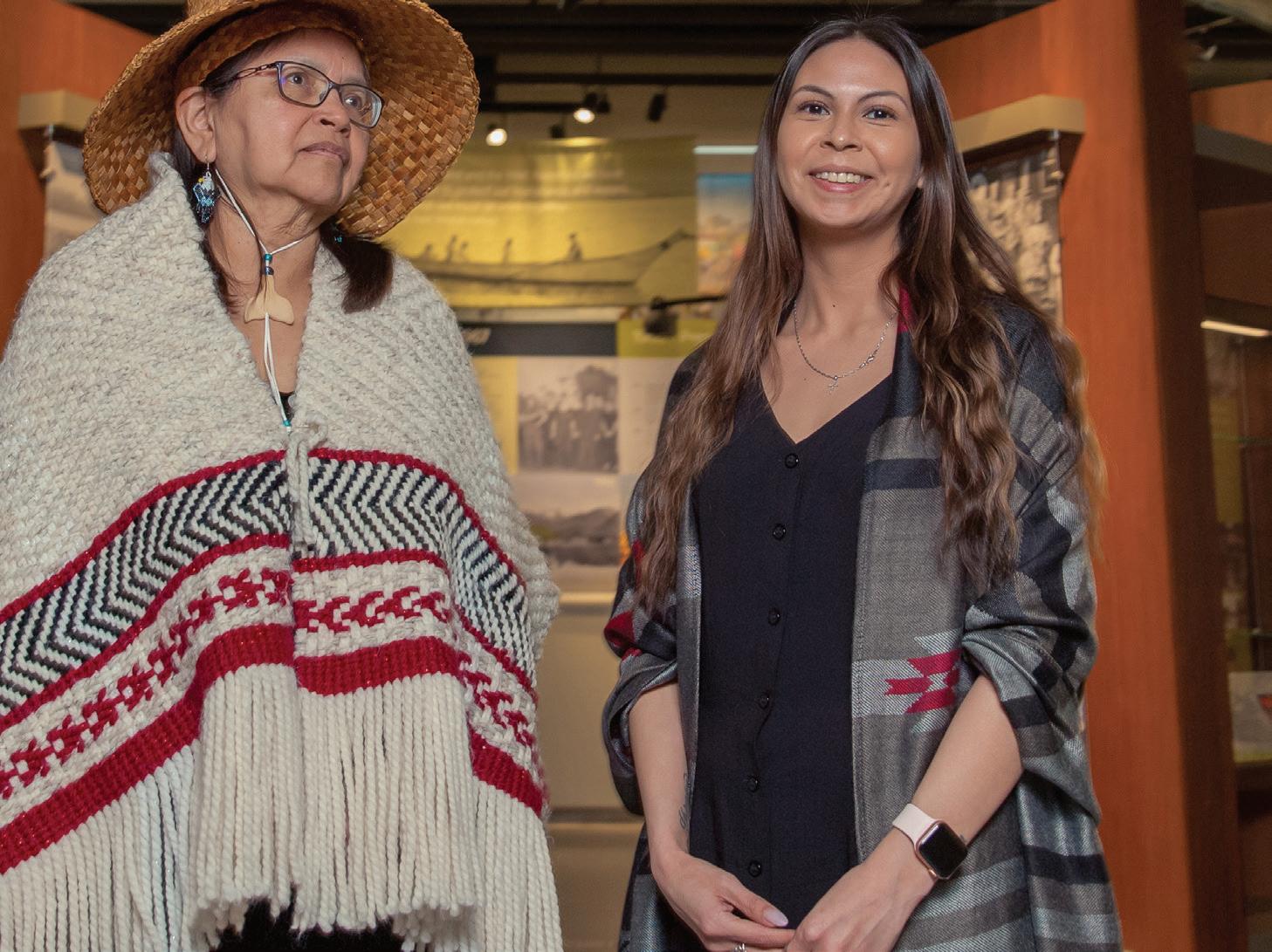

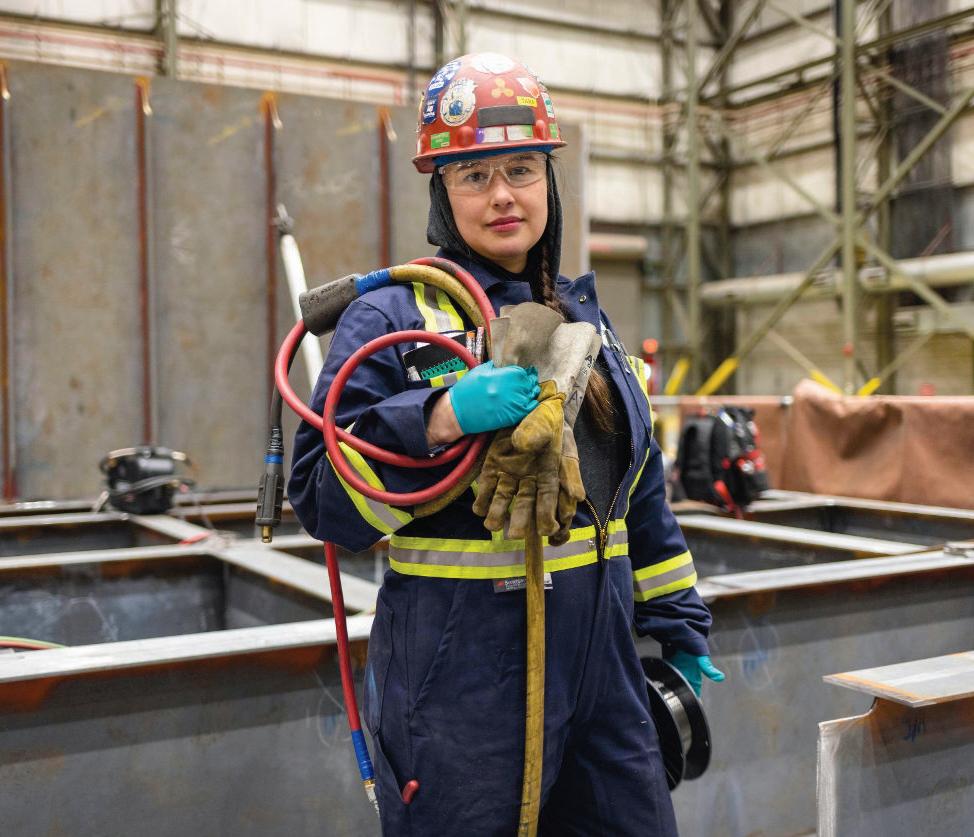

ANDREA ALECK Contributing writer
My parents had such strength to survive abuse and starvation in the Indian Residential School system.
I can’t understand the cruelty that happened to them. When I think about them, the words “miraculous” and “courageous” come to mind. This is why, as an adult now, understanding truly what happened is so difficult to even talk about.
September itself is a triggering month because our children had to prepare to go back to school and some of our TsleilWaututh survivors still have physical memory responses of the trauma of having to go back to residential school
This is a time of reflection, truths, and action Now is the time to teach the truth of Canada’s colonial history and genocide of
Indigenous peoples. Canadians need to educate themselves about Indigenous peoples, gain an understanding of Aboriginal Rights and Title, the Declaration of the Rights of Indigenous Peoples (DRIPA), and our right to self-determination
When I think of families who are here on the North Shore, I encourage them to teach the next generations with compassion and truth We have a collective responsibility to make systemic change
When I think about the National Day for Truth and Reconciliation, it’s not just about wearing an orange shirt for one day out of the year When we talk about allyship, reconciliation is an action that happens every single day There are so many areas where individuals and organizations can do their due diligence Ask yourself: Are you truthfully
Continued on page 43
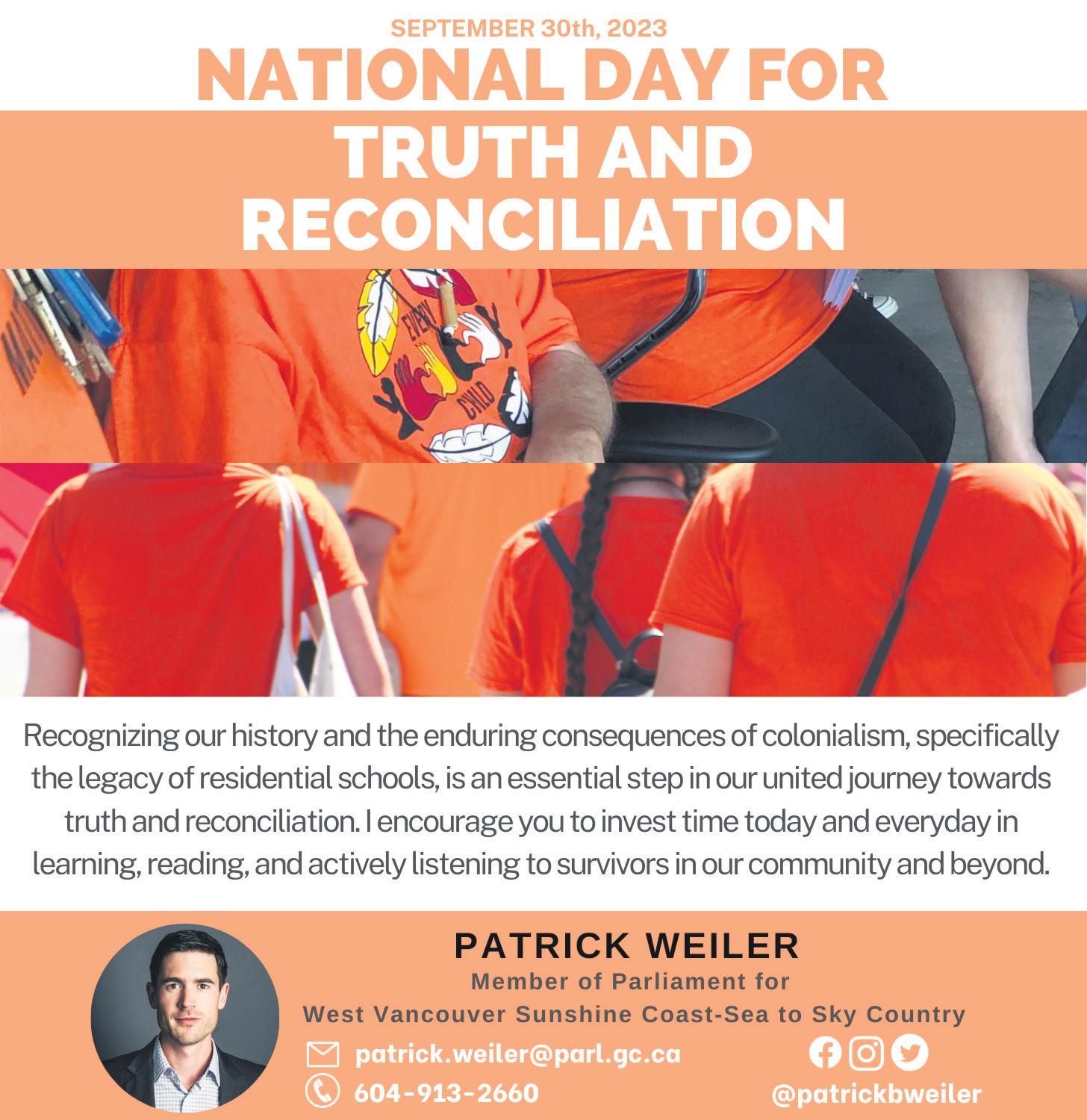


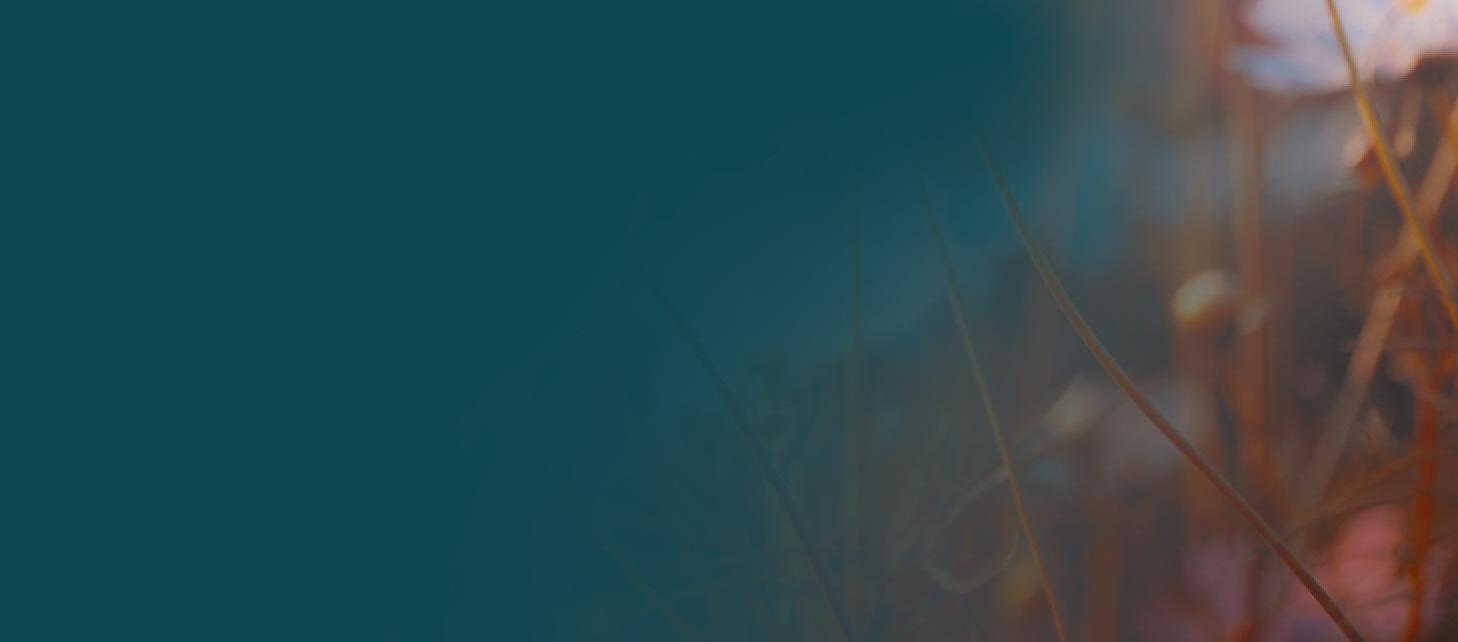
walking alongside Indigenous people and engaging with Indigenous people to make honest, effective change?
We are starting the discovery interview process with our Tsleil-Waututh survivors of the St Paul’s Indian Residential School I reflect upon how we can continue to strengthen our community and ensure our survivors are safe, supported, and how we can collectively heal as a community
Within our TWN Health and Wellness department, we’ve developed a cultural
framework that guides our services. We take a strength-based approach to build on the cultural and spiritual practices that we continue today We have a two-eyed seeing model: incorporating traditional and Western medical approaches to care, providing wraparound services to include the mental, emotional, physical, and spiritual aspects of a person Our programs are community-driven and community-based, and it’s imperative that we continue to embed our Tsleil-Waututh values, culture, language, and spirituality in our programming
I am teaching my son and my grandson my family’s history and our history as TsleilWaututh people. I’m teaching them how to nurture their gifts and their position in this world – this is my role and the collective responsibility of community as knowledge keepers, to share the sacredness of who we are. My hope is that all of our Tsleil-Waututh generations embrace their culture, practice their spirituality and language, and grow in beautiful ways that nurture their gifts and they too will continue the role as stewards of the land, linguists, knowledge keepers,
and Elders.
Andrea Aleck is a Tsleil-Waututh Nation member and Director of the Health and Wellness Department, ćećǝwǝt lelǝm Helping House, səlilwətaɬ(Tsleil-Waututh Nation)
Learn more about supporting Tsleil-Waututh Nation survivors via the Tsleil-Waututh Nation Residential School Survivors Fund: twnation ca/how-to-support-twn/
The National Residential Schools Crisis Line is available 24/7 for anyone experiencing pain or distress as a result of residential school experiences: 1-866-925-4419.
Continued from page A42 Continued from page A41
That message goes especially so when it comes to protecting the environment, Xwalacktun said.
Leigh-Anne Niehaus, community arts supervisor for the gallery, said there have been hopes to put on such a show since 2019 It was delayed by the pandemic and
the long-running renovation of the Ferry Building Gallery, which is one of the older colonial buildings still standing in West Van
“Let’s just take a moment to acknowledge the history of this land, before the Ferry Building Gallery was here, and the people that took care of it,” she said I hope
that [visitors] learn a little bit whether it’s about the symbolism or the hand carved wood, or the grains of cedar Just take a moment and learn a bit about our local Nations’ culture ”
On Oct 1, an interactive hands-on workshop Working with Heart, Storytelling, and Art, will be taking place inside the gallery,
presented by renowned artist and educator Splash (Aaron Nelson Moody). Other artists featured in the show include Yul Baker, Brandon Hall, Ts:simtelot (Ocean Hyland), Ses Siyam (Ray Natraoro) and Anjeannete Dawson
Reflecting on Home runs at the Ferry Building Gallery until Oct 15
ABHINAYA
NATESH
anatesh@burnabynow com
Representatives from səlilwətaɬ (the Tsleil-Waututh Nation) have signed a Relationship Protocol agreement with Simon Fraser University (SFU) to work together, strengthen their relationship and advance reconciliation.
As part of the agreement, formally signed on Sept 6, both the parties will come together at least once a year to review and evaluate activities and identify new initiatives to build an inclusive future, a news release noted
The agreement outlines areas of shared interests, including exploring opportunities to partner with different departments at the university on variety of cultural, economic and social development, health and environmental projects, building on the Indigenous languages program, which can be regarded as a worldwide model for Indigenous languages revitalization and working together to develop research projects that would benefit both parties
The signing took place at SFU’s Indigenous

Garden during the first week of fall semester classes, and in the same month as National Day for Truth and Reconciliation, Sept 30
The university, as part of the agreement, will also be working towards representing Tsleil-Waututh content, history and hənqəminəm language in its materials, departments, acknowledgements, and curriculum as well as increasing the presence
of Tsleil-Waututh artwork and public signage throughout campuses within the TsleilWaututh territory
The two parties will also be working together towards strengthen services and programs at SFU for TWN and Indigenous students, developing and implementing Tsleil-Waututh student and staff recruitment and retention initiatives and supporting
Tsleil-Waututh Nation moving forward with good governance principles to value sustainable economic development that provides economic, ecological, health and social benefits to the community.
“As an Indigenous government, education is a core value of səlilwətaɬ [Tsleil-Waututh Nation],” said Tsleil-Waututh Nation Chief Jennifer (Jen) Thomas
“For too long we have been invisible on our own lands, including within the academic institutions that were established around us. This Agreement with SFU symbolizes a significant shift in our relationship, one that is based on mutual respect, true inclusivity, and collaboration to advance our respective goals together.”
“Our work with Host Nations is incredibly important to SFU’s ongoing commitment to Uphold Truth and Reconciliation,” said Joy Johnson, SFU president and vice-chancellor
“With the signing of this protocol agreement, we hope to continue and strengthen our partnership with the Tsleil-Waututh Nation and create new ways for us to walk the path of Reconciliation at SFU.”